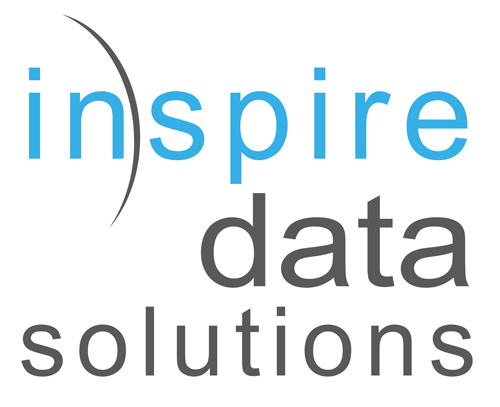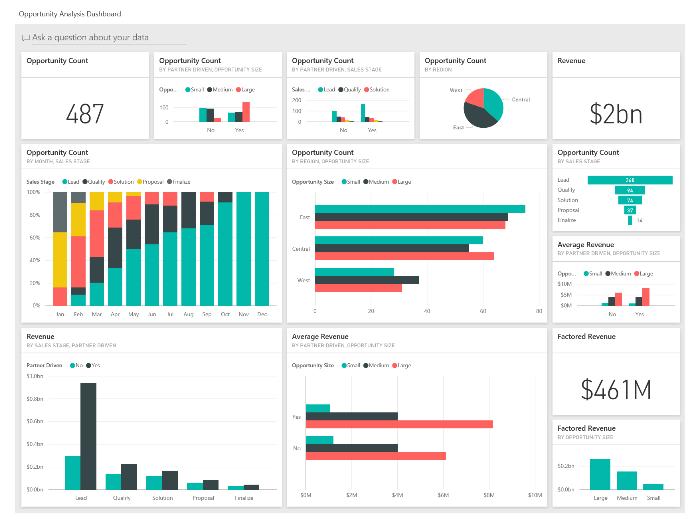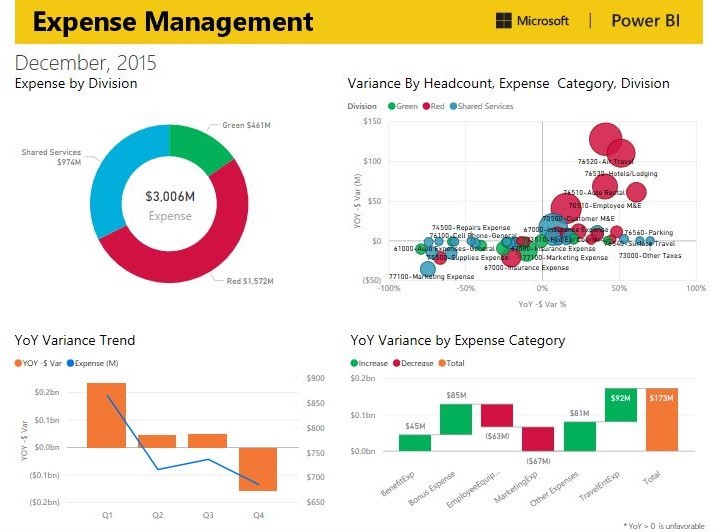
See What’s Coming: Microsoft to Release New Updates to Dynamics 365
Microsoft released their newest updates for their CRM application, Dynamics 365 and you won’t believe what this new installment has in store. Having just introduced this application in July, Microsoft’s Dynamics 365 has taken CRM and ERP systems by storm. The application can be described as a data collection tool in which it delivers intelligent experiences and services in order to help organizations make better decisions more efficiently. So, what capabilities can you expect to optimize next?
Dynamics 365 + LinkedIn Sales Navigator
First, you can expect to improve sales using Dynamics 365. Now that Microsoft has integrated the LinkedIn Sales Navigator tool into their application, expect to see even more closed deals from salespeople. With this new integration, salespeople will now be able to gain insights from LinkedIn Sales Navigator as well as LinkedIn’s platform of over 500 million professional; improving their effectiveness of connecting with perspective customers.
Salespeople can now leverage signals from leads across multiple platforms (email, CRM, LinkedIn) all in one place. This will allow them to better establish leads and find prospects that are best suited for their product/service. By incorporating the Sales Navigator, salespeople are able build better relationships with potential customers and continue nourishing those relationships even after the sale is closed.
This update also helps salespeople create tailored content that will engage potential customers at every stage of the lifecycle. Since these two applications are now integrated, potential, current, and past client profiles will be continuously updated based on account activity.
A Little Something for Human Resources
In any organization, talent is an expensive resource that is hard to come by. It is HR’s job to recruit the best of the best, and that can sometimes be a tedious, daunting task. With this update, Microsoft has introduced a new extension of their application specifically to help HR manage the scarce resource that is talent, called Dynamics 365 for Talent. Dynamics 365 for Talent provides a 360° view utilizing modules that allow HR to access the best talent even faster than before. With integrations from LinkedIn Recruiter, HR has access to more candidates. They are also able to accelerate the onboarding process by delivering an onboarding experience that is unique to each new employee. Dynamics 365 can help maximize HR capabilities by providing measures and analysis of employee performance. Not only will this help drive employee excellence, but help HR identify employees that are continuously making an impact in their business.
These are just some of Microsoft’s most recent updates to Dynamics 365, but don’t worry there is still more to come. Be on the lookout for Microsoft’s release of Dynamics 365 Business Edition apps for Sales and Marketing. These apps will be structured specifically for small to mid-size companies and will be available July 1, 2017.







